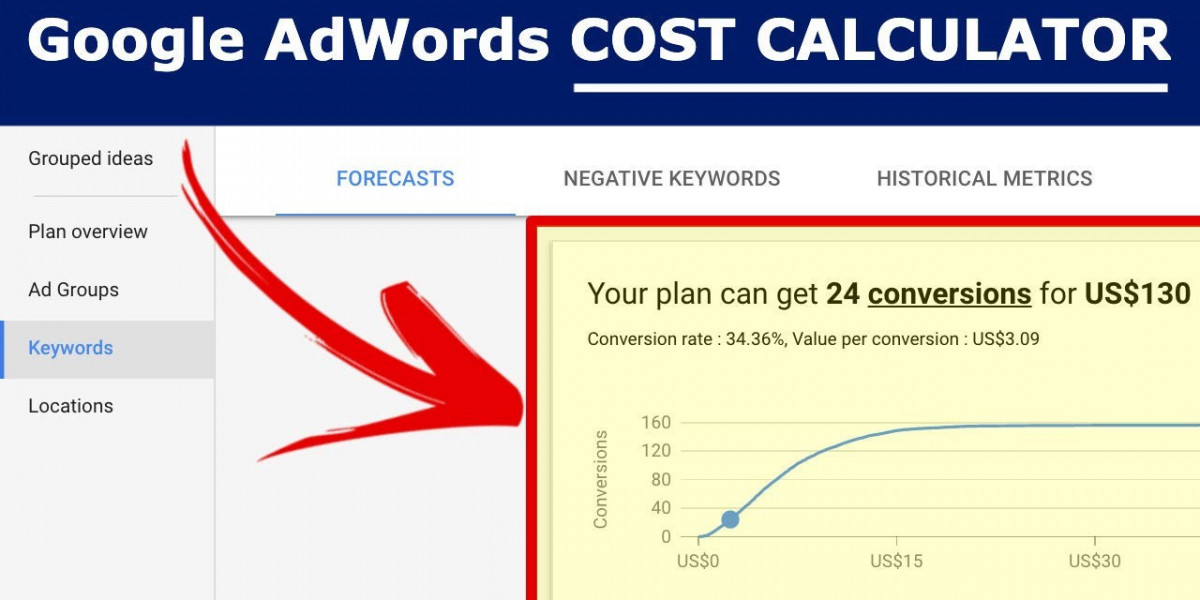In today’s digital-first world, businesses of all sizes are competing for online visibility. Google Ads, one of the most powerful online advertising platforms, offers a way to reach millions of potential customers. However, understanding Google Ads pricing is crucial to ensure that your advertising budget is spent wisely and yields maximum ROI. In this article, we will explore how Google Ads pricing works, the factors that influence costs, and strategies to optimize your campaigns.
What is Google Ads?
Before diving into pricing, it’s essential to understand what Google Ads is. Google Ads is an online advertising platform where advertisers bid to display their ads on Google search results pages, YouTube, Gmail, and across the Google Display Network. The platform operates on a pay-per-click (PPC) model, meaning you pay only when someone clicks on your ad.
This model allows businesses to target specific audiences, control spending, and measure performance accurately. However, costs can vary widely depending on competition, industry, ad quality, and target audience.
How Google Ads Pricing Works
Google Ads pricing is dynamic, meaning there is no fixed cost per click. Instead, the price is determined by an auction system, where advertisers compete for ad placements. Here’s how it works:
Bidding: You set a maximum bid—the highest amount you are willing to pay for a click. Google then considers this bid along with other advertisers’ bids.
Quality Score: Google evaluates your ad’s relevance, the landing page experience, and expected click-through rate (CTR) to assign a Quality Score. Higher scores can reduce costs per click while improving ad placement.
Ad Rank: Your Ad Rank, determined by your bid and Quality Score, decides whether your ad appears and in which position. Higher ranks often lead to higher visibility but don’t always mean higher costs if the Quality Score is strong.
Bottom line: Even if your bid isn’t the highest, a well-crafted ad with a strong Quality Score can outperform competitors and cost less per click.
Factors Affecting Google Ads Pricing
Several variables influence Google Ads pricing, making it important to understand how to manage them effectively.
1. Industry and Competition
Some industries are more competitive than others. For example, legal services, insurance, and finance tend to have higher CPCs (cost-per-click), often exceeding $50 per click. In contrast, niche markets with lower competition may have CPCs as low as a few cents.
2. Keywords
The choice of keywords plays a critical role in pricing. High-demand, generic keywords like “buy shoes online” are expensive, while long-tail keywords such as “best running shoes for flat feet” are more affordable and highly targeted. Keyword research tools can help identify the right balance between cost and conversion potential.
3. Target Audience
Geographic targeting, device targeting, and audience demographics also impact pricing. Ads targeting major cities or specific professional demographics often cost more than general campaigns.
4. Ad Placement and Format
Google Ads offers different formats: Search Ads, Display Ads, Shopping Ads, Video Ads, and more. Each format has a different pricing structure. For example, YouTube video ads may operate on a CPV (cost per view) basis rather than CPC, and display ads often have lower costs but less direct conversion potential.
Average Google Ads Costs
While costs can vary, understanding average figures helps businesses set realistic budgets. According to industry data:
The average CPC across all industries is $1 to $2 on the Google Display Network and $2 to $6 on the Search Network.
Highly competitive industries such as law or finance can exceed $50 per click.
Monthly budgets for small to medium-sized businesses typically range from $1,000 to $10,000, depending on goals and campaign size.
It’s important to remember that these numbers are averages. Your actual costs may differ based on targeting, ad quality, and market trends.
Strategies to Optimize Google Ads Pricing
Understanding pricing is just the first step. The next step is optimizing your campaigns to get the most value for every dollar spent. Here are some effective strategies:
1. Focus on Quality Score
Improving your ad relevance, CTR, and landing page experience can lower costs while improving ad positions.
2. Use Long-Tail Keywords
Long-tail keywords are less competitive, more specific, and often result in better conversion rates at lower costs.
3. Test Ad Variations
Running A/B tests for headlines, descriptions, and calls-to-action can reveal which ads deliver the best performance for the lowest cost.
4. Optimize for Audience Segments
Targeting the right audience—whether by location, device, or interests—can improve efficiency and reduce wasted spend.
5. Monitor and Adjust Bids
Regularly reviewing bid strategies ensures you’re not overspending on low-performing keywords while maximizing opportunities for high-converting ones.
The Future of Google Ads Pricing
As Google’s AI and machine learning capabilities evolve, pricing strategies are becoming more sophisticated. Automated bidding strategies, predictive analytics, and AI-driven ad placements allow advertisers to get more precise results with optimized costs. Businesses that embrace these tools early can gain a competitive edge.
Moreover, consumer behavior continues to shift toward mobile devices, voice search, and personalized experiences, which will likely influence future Google Ads pricing structures. Staying informed and flexible will be essential for businesses looking to maximize ROI in the years to come.
Conclusion
Google Ads pricing is not a fixed number but a dynamic system influenced by competition, keywords, audience targeting, and ad quality. By understanding how costs are determined and implementing smart strategies, businesses can optimize their campaigns, reduce wasted spend, and achieve measurable results.
The key takeaway is this: a higher bid alone does not guarantee success. Thoughtful planning, continuous testing, and leveraging technology are the true drivers of cost-effective advertising.
As the digital landscape evolves, marketers must remain agile, exploring emerging trends and AI-driven solutions to stay ahead of competitors. The future of advertising is not just about spending more—it’s about spending smarter.







